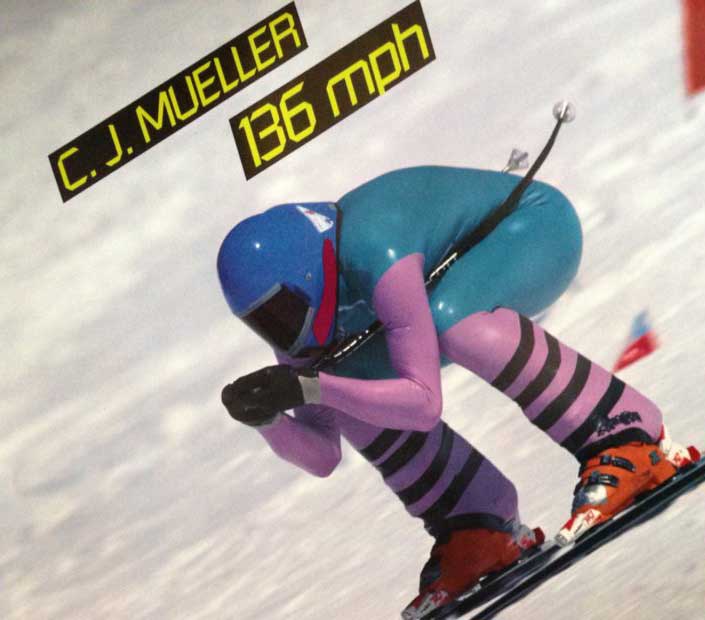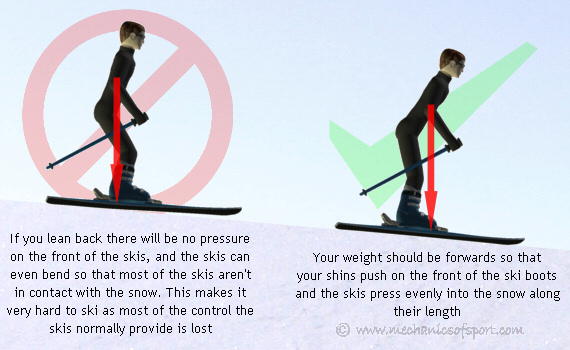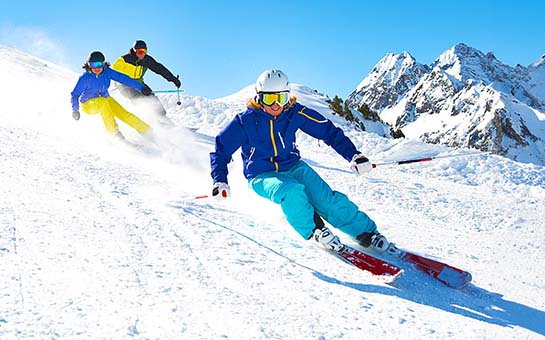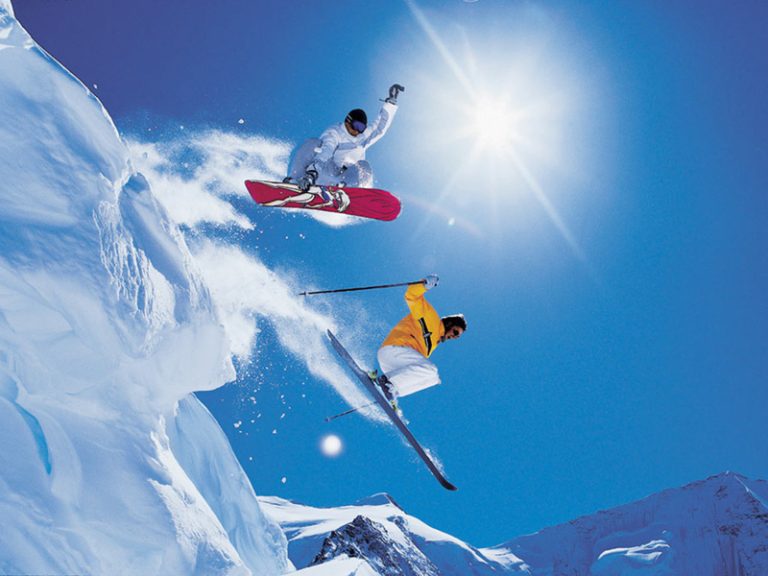Why is Skiing More Dangerous Than Snowboarding?
When it comes to winter sports, skiing and snowboarding are two popular activities enjoyed by many thrill-seekers. While both offer fun and excitement, skiing is often considered more dangerous than snowboarding. Let’s dive into some of the reasons why skiing may pose more risks.
1. Equipment Differences
Skiing involves the use of two separate skis, poles, and bindings, whereas snowboarding uses a single board. The wider stance and the use of poles in skiing make it more challenging to maintain balance, especially for beginners. The likelihood of catching an edge or getting caught in the bindings is higher in skiing, leading to serious injuries.

Credit: whitelines.com
2. Speed and Control
| Skiing | Snowboarding | |
|---|---|---|
| Speed | Better control due to parallel skis | Higher speeds easily achieved on a snowboard |
| Control | Requires precise weight distribution for turning | Turning is generally easier and more intuitive |
Skiing allows for better control at high speeds due to the use of parallel skis, but it also requires more technique and practice to achieve that control. On the other hand, snowboarding allows for higher speeds to be easily achieved, but turning is generally easier and more intuitive. The combination of speed and control factors contribute to the differing risk levels.
3. Injury Patterns
The nature of injuries also differs between skiing and snowboarding. Skiers are more prone to injuries like knee strains, fractures, and ankle sprains due to the movements involved in skiing. Snowboarders, on the other hand, have a higher risk of wrist fractures and head injuries as they tend to fall forward or backward more frequently.
4. Terrain and Obstacles
- Skiing often takes place on steeper slopes and more challenging terrains, exposing skiers to a higher risk of accidents.
- Snowboarders, with a single board, may face difficulties on flat areas and when moving uphill.
- Moguls, trees, and other obstacles can pose risks for both skiers and snowboarders, but the different techniques and equipment used in skiing and snowboarding can affect how these obstacles are navigated.
5. Skill Level Requirements
Mastering skiing techniques tends to require more time and effort compared to snowboarding. Skiing involves independent leg movements and coordinated pole usage. Beginners who lack proper training and experience are more likely to find themselves in dangerous situations, making skiing a higher-risk activity.

Credit: snowbrains.com
Frequently Asked Questions Of Why Is Skiing More Dangerous Than Snowboarding?
Why Do More Injuries Occur In Skiing?
In skiing, higher speeds and fixed bindings increase the risk of accidents.
How Can Snowboarders Reduce Injury Risks?
Snowboarders can wear proper safety gear and take lessons to enhance skill and control.
Is It True That Skiing Requires Different Techniques?
Yes, skiing and snowboarding have distinct movements and approaches to navigate slopes.
What Factors Contribute To Skiing Being Dangerous?
Factors like terrain, weather conditions, equipment failure, and lack of experience increase risks.
Conclusion
While skiing and snowboarding are both exhilarating winter sports, skiing is generally considered more dangerous. The equipment differences, speed and control factors, injury patterns, varied terrains, and skill level requirements all contribute to the increased risks associated with skiing. It is crucial to prioritize safety by undertaking proper training, using appropriate protective gear, and being aware of your personal limits on the slopes.





